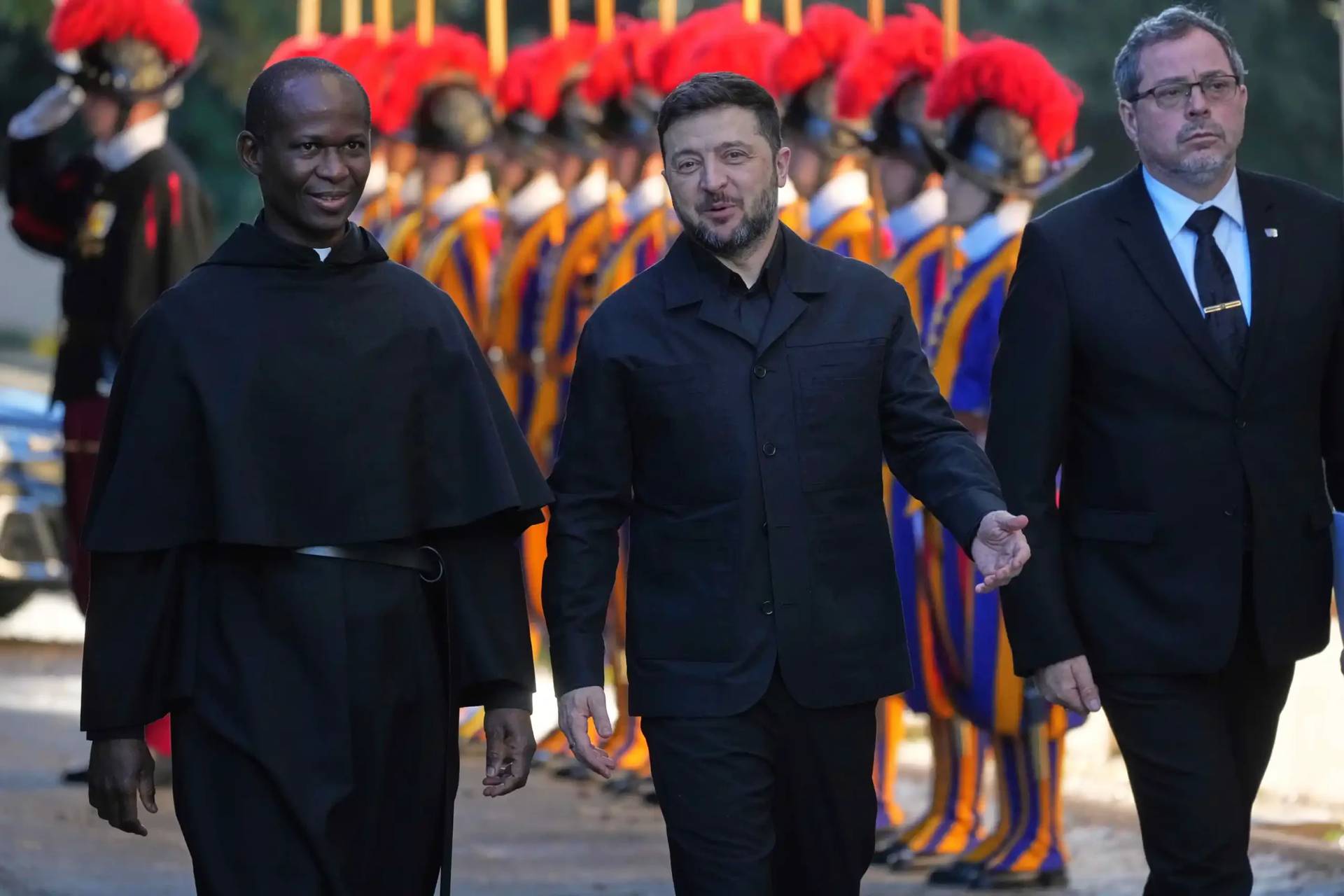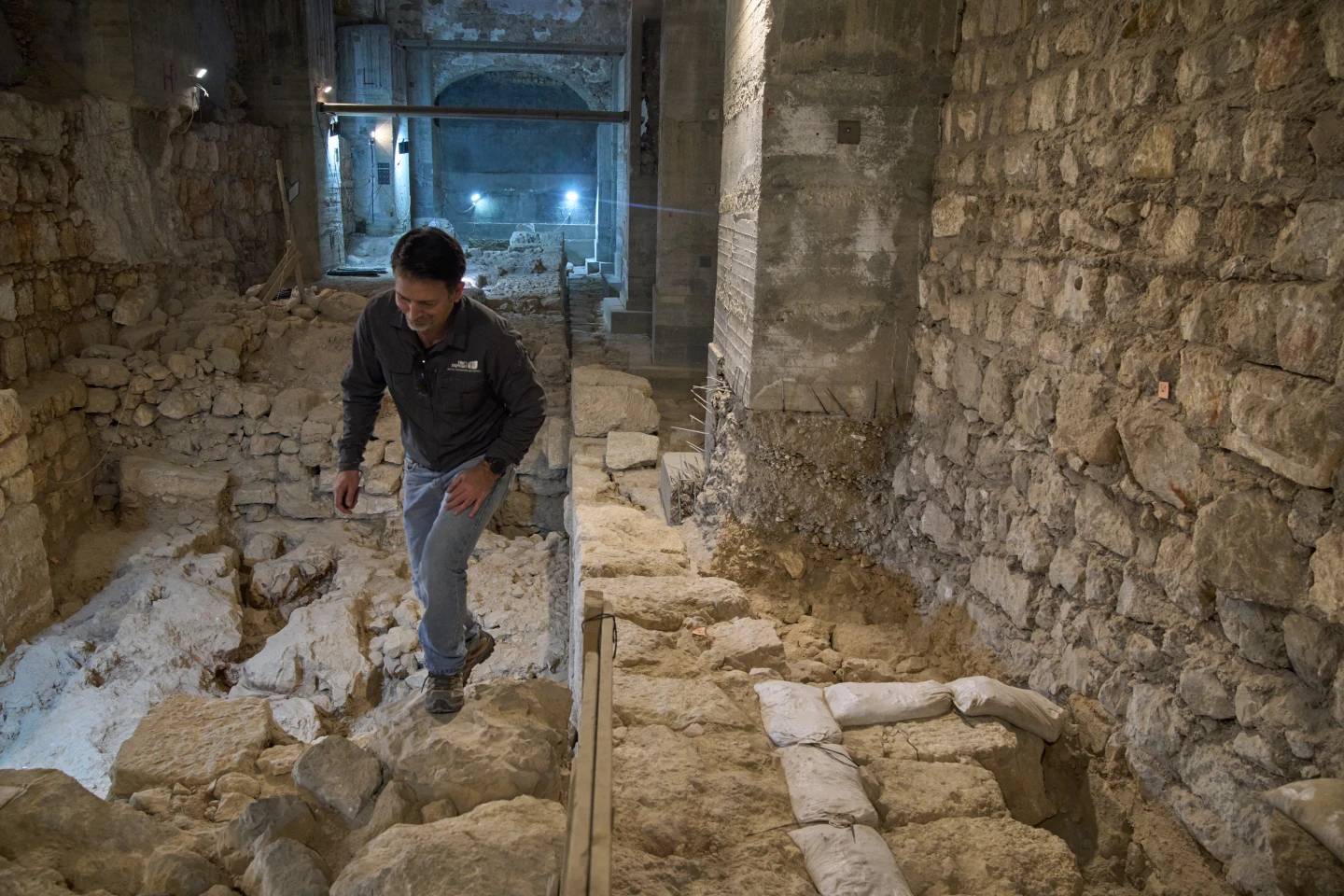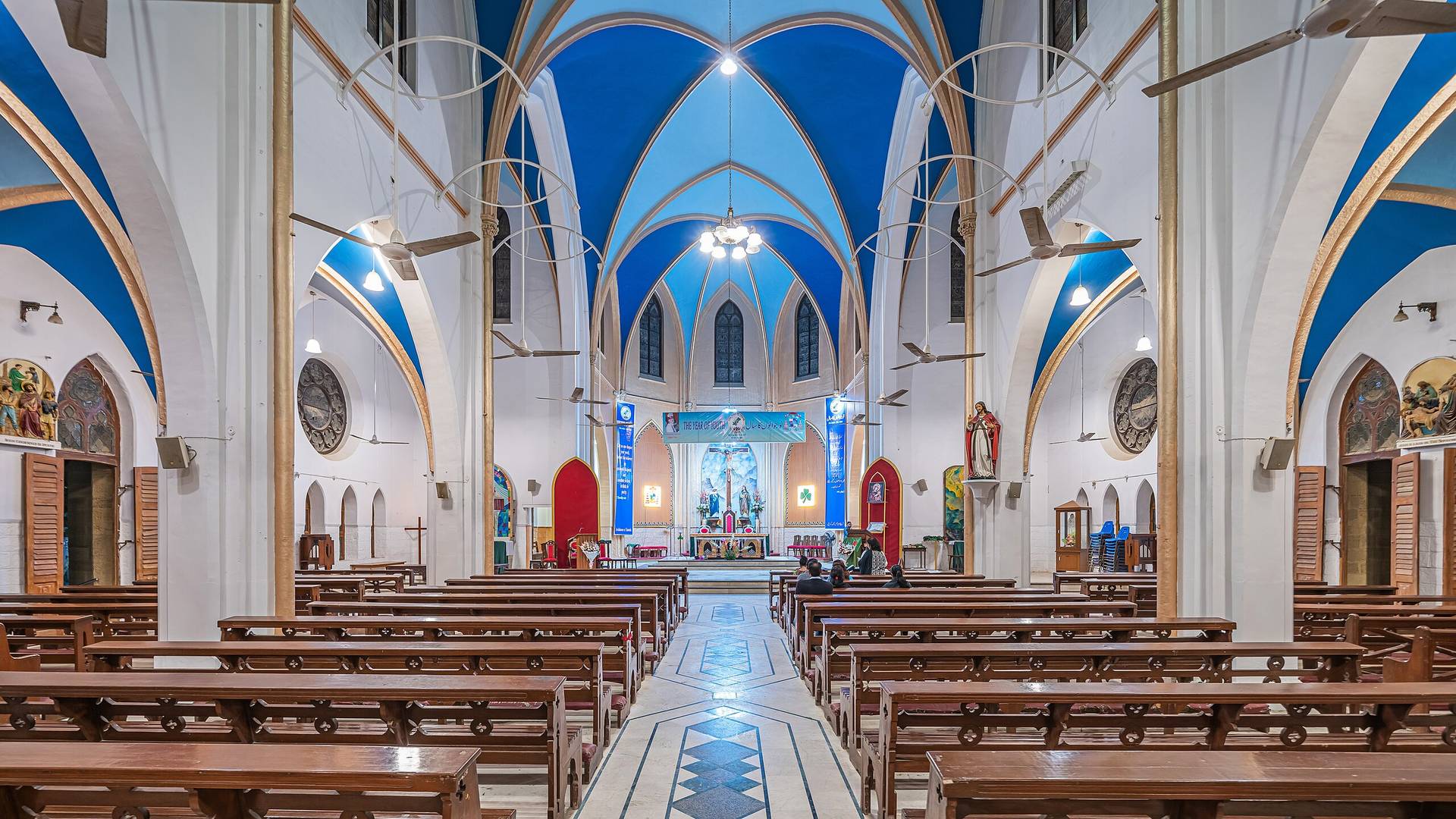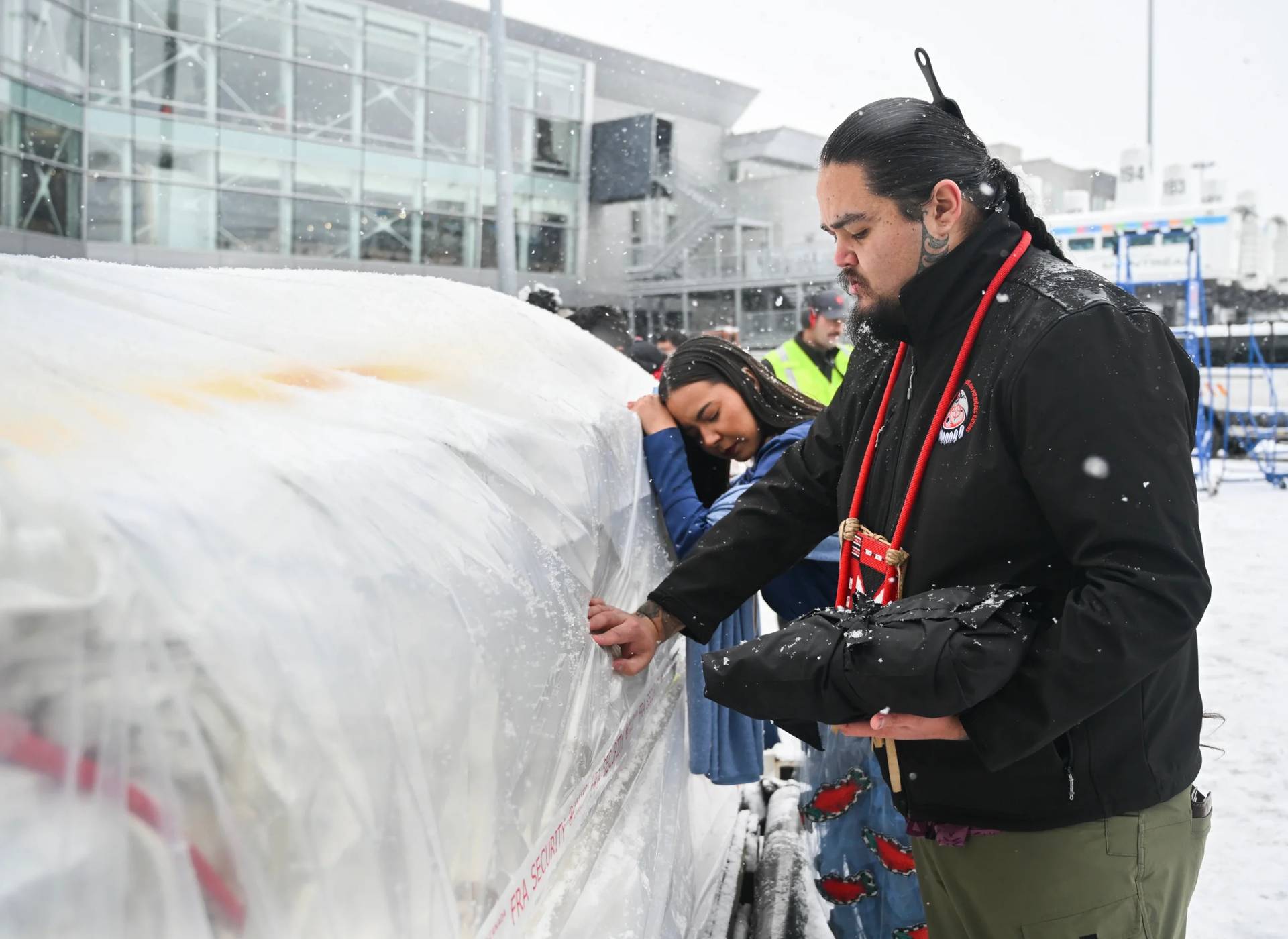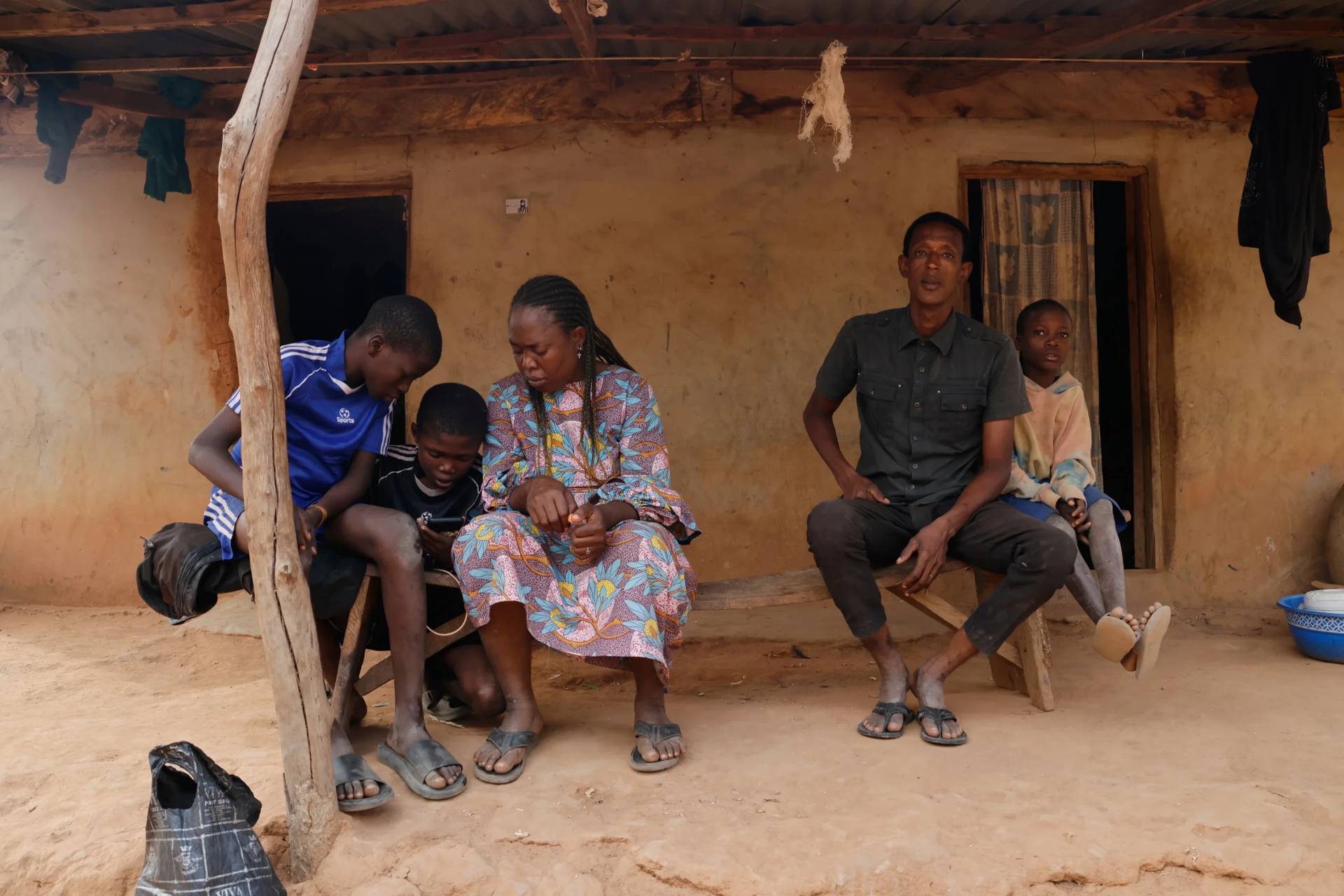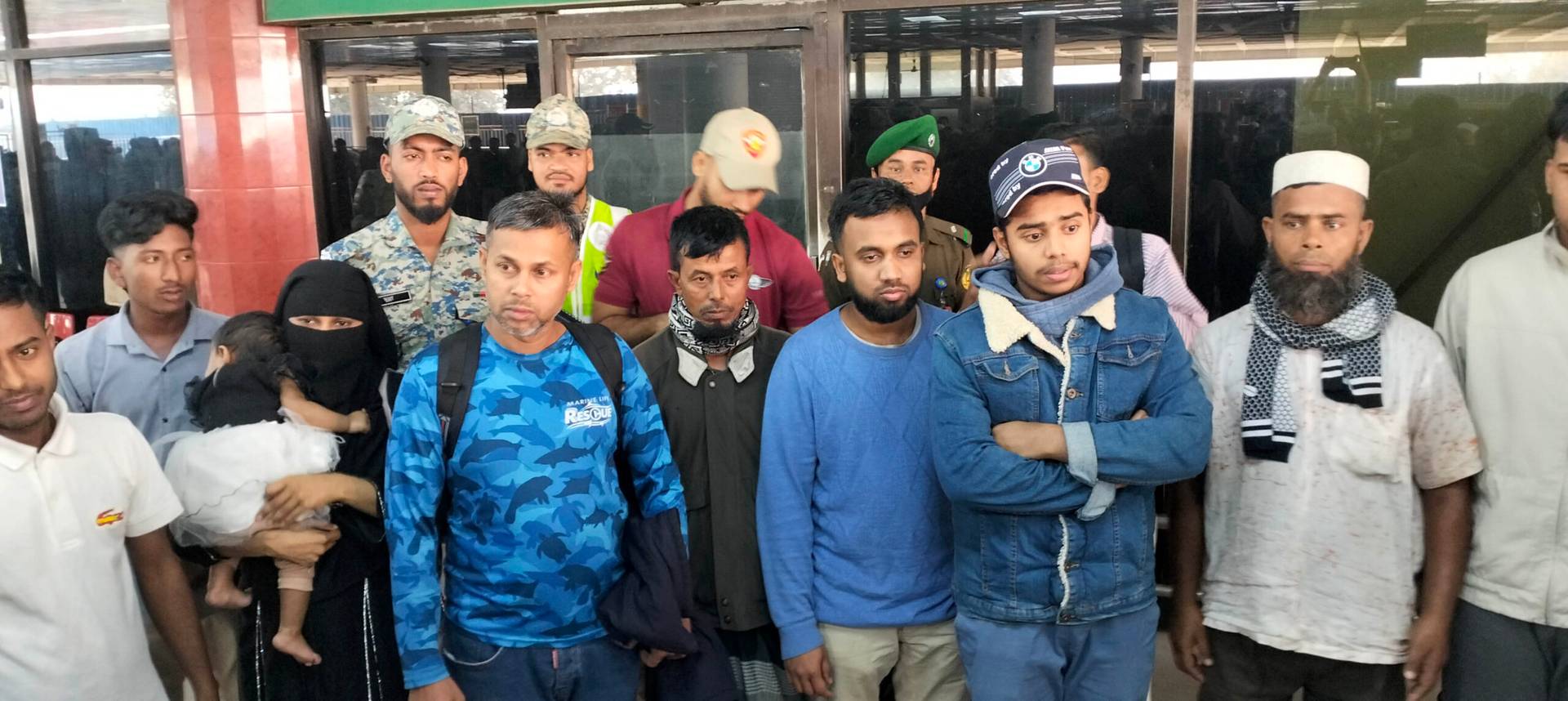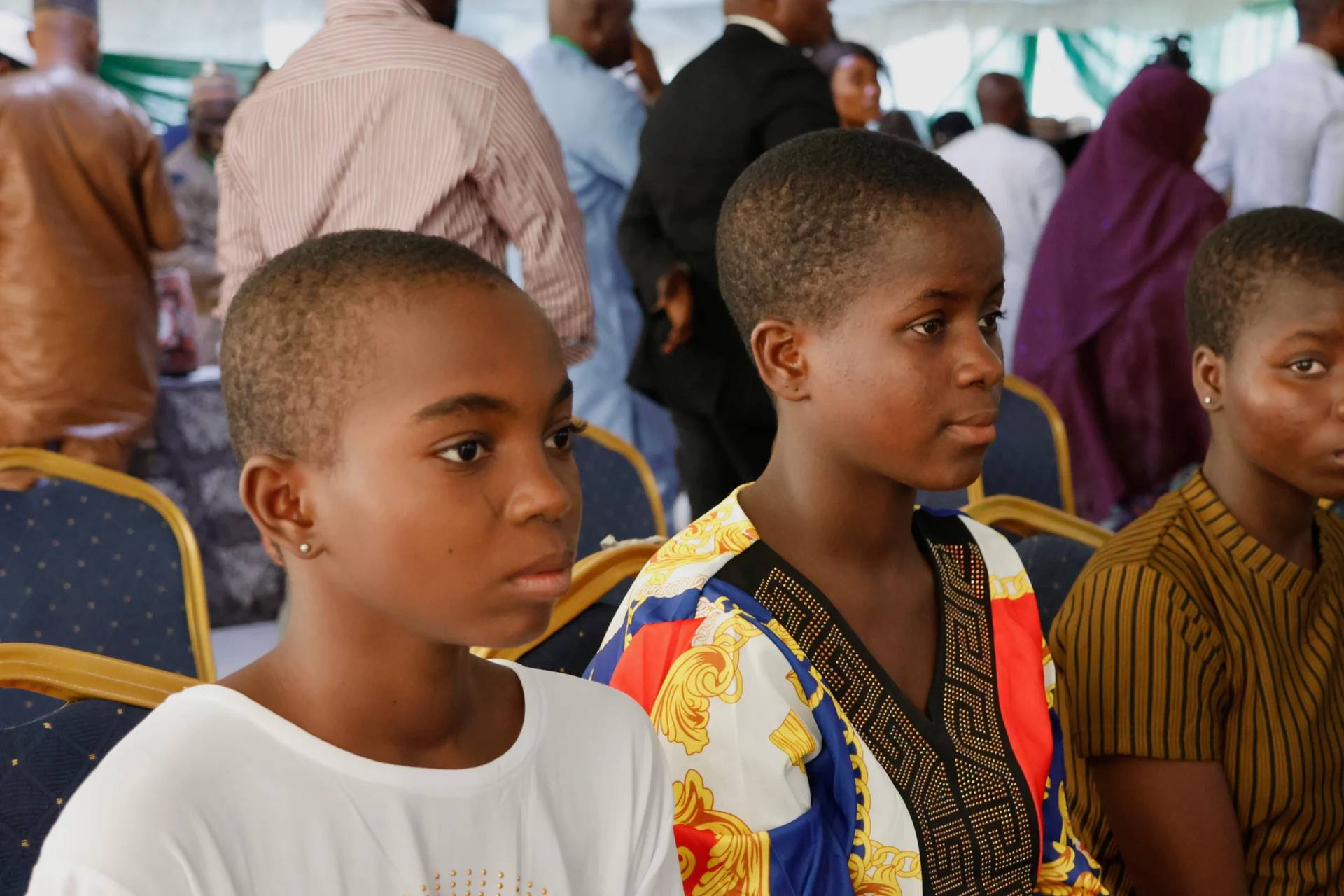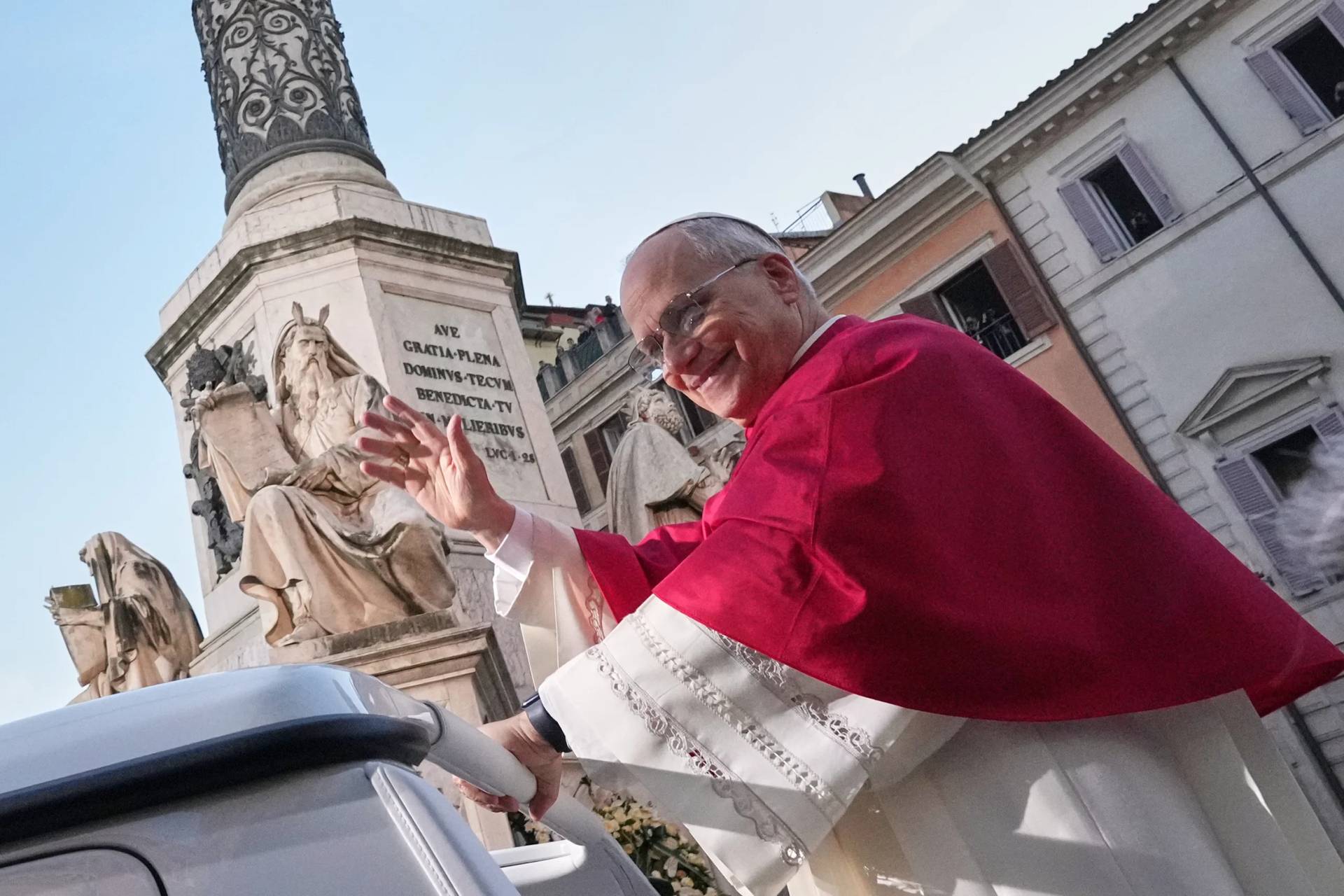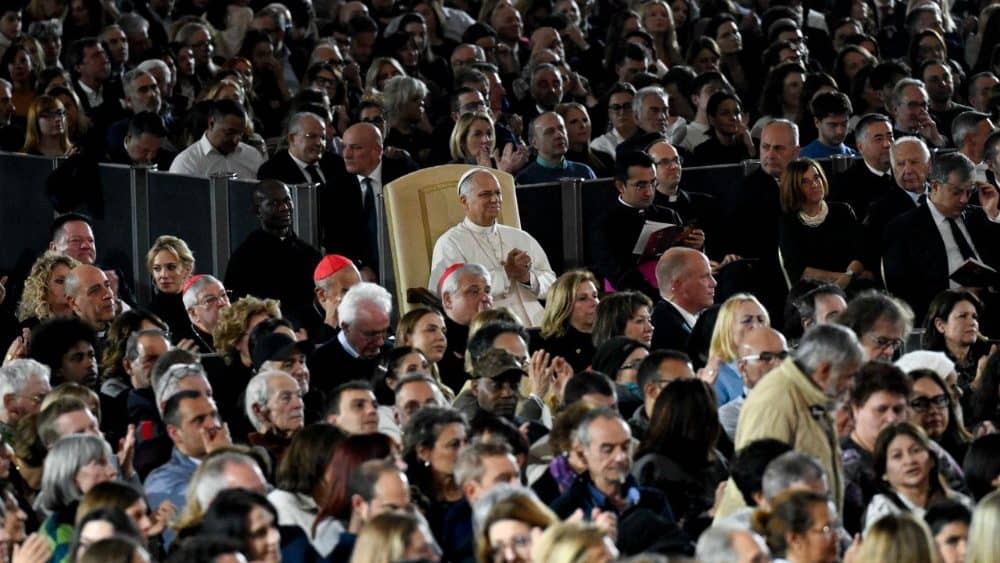ROME — The Vatican is putting an end to the practice of priests going into St. Peter’s Basilica early every morning to celebrate their own Mass at a side altar with just an altar server.
Concelebrated Masses still are permitted, as are Masses in the chapels in the grotto of the basilica for pilgrim groups that arrive with a priest or bishop.
The Code of Canon Law allows priests to concelebrate and says, “They are completely free to celebrate the Eucharist individually, however, but not while a concelebration is taking place in the same church or oratory.”
Every day in St. Peter’s Basilica, between 7 a.m. and 9 a.m., several priests can be found at different altars celebrating a Mass without a congregation. Because there is no preaching or singing without a congregation, the Masses usually last less than 20 minutes each and then another priest may celebrate at the same altar.
A letter dated March 12 and initialed by Archbishop Edgar Peña Parra, the Vatican substitute secretary for general affairs, said that beginning March 22 “individual celebrations (of the Mass) are suppressed.”
Early Mass will be concelebrated in the basilica each day at 7 a.m. in the Chapel of the Choir, at 7:30 a.m. at the Altar of the Chair, at 8 a.m. in the Chapel of the Choir and at 9 a.m. at the Altar of the Chair, the letter said. The concelebrated liturgies will have lectors and cantors, which is preferred by liturgical norms.
Masses also are celebrated at 8:30 a.m. in the Chapel of the Blessed Sacrament and at 9 a.m., 10 a.m., 11 a.m., noon and 5 p.m. at the Altar of St. Joseph.
Priests who want to celebrate the Mass according to the “extraordinary form,” sometimes referred to as the Tridentine rite, may do so in the Clementine Chapel in the grotto under the basilica at 7, 7:30, 8 and 9 a.m., the letter said. Because concelebration is not foreseen by the rite, that means that only four priests can celebrate the old Mass each day in the basilica.
The Second Vatican Council’s Sacred Constitution on the Liturgy said, “Liturgical services are not private functions, but are celebrations of the church, which is the ‘sacrament of unity,’ namely, the holy people united and ordered under their bishops. Therefore, liturgical services pertain to the whole body of the church; they manifest it and have effects upon it; but they concern the individual members of the church in different ways, according to their differing rank, office, and actual participation.
“It is to be stressed that whenever rites, according to their specific nature, make provision for communal celebration involving the presence and active participation of the faithful, this way of celebrating them is to be preferred, so far as possible, to a celebration that is individual and quasi-private,” the Vatican II document continued.
In late February, Pope Francis accepted the resignation of Cardinal Angelo Comastri as archpriest of St. Peter’s Basilica and his vicar for Vatican City State. The new archpriest, Cardinal Mauro Gambetti was named to succeed him, but had not taken office as of mid-March.






